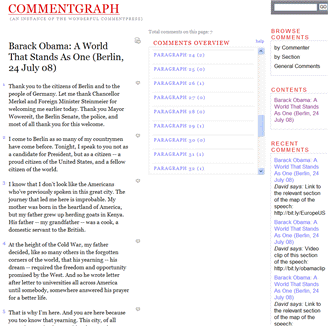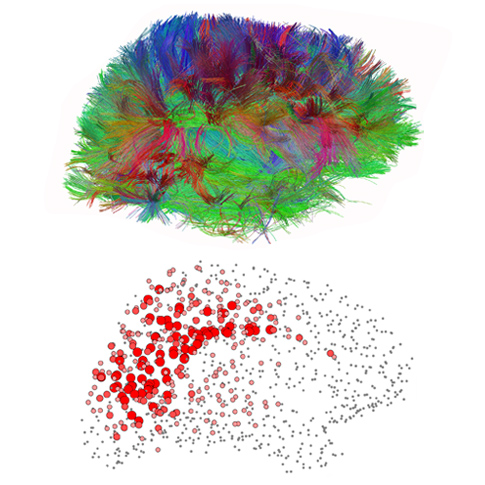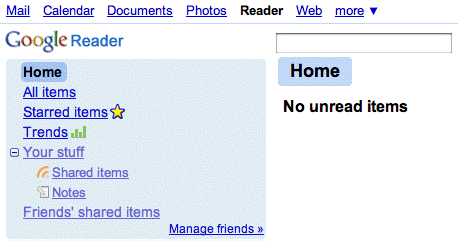Thanks to David Osimo‘s pioneering energy and imagination (and the enabling support of FutureGov and Headshift), I was privileged to have the opportunity to outline some of the thinking behind Debategraph at the European Commission’s Public Services 2.0 workshop in Brussels last month.
As David described in the agenda for the workshop:
“Over the last 3 years, we have seen a dramatic rise in user driven, web 2.0 style initiatives in and around public sector service provision. Initiatives such as Patient Opinion, Farmsubsidy and Theyworkforyou all seek to challenge, disrupt and improve on traditional models of public service delivery from the outside, built on the web 2.0 principles of openness, transparency and sharing.
Against this background the workshop “aimed to bring together the best experiences from all over Europe” to: share experience and knowledge between the people running the web 2.0 initiatives; promote a surge of collaborative initiatives; and raise awareness and better understanding between government officials about why and how to promote web 2.0 in government.
The workshop was a great success across all these dimensions, and the slides and videos for all of the presentations are worth exploring in depth.
On a personal note, one of the joys of the event was the chance it afforded to meet people whose work I have long admired from a distance including James Munro, Lee Bryant, Anna Maybank, Dominic Campbell, Justin Kerr-Stevens, Emma Mulqueeny, Richard Stirling, Ivo Gormley – whose highly recommended film Us Now features Debategraph briefly and tantalisingly on screen at a key moment – and Søren Duus Østergaard.
In the aftermath of the workshop it has been delightful to see the same sense experimental adventure bubbling up elsewhere, and in the European context, the next collaborative step, emerging as spontaneous initiative from the workshop, is to imbue the European Commission’s imminent consultation on the i2020 strategy with more of the same spirit.
Of which more later.




